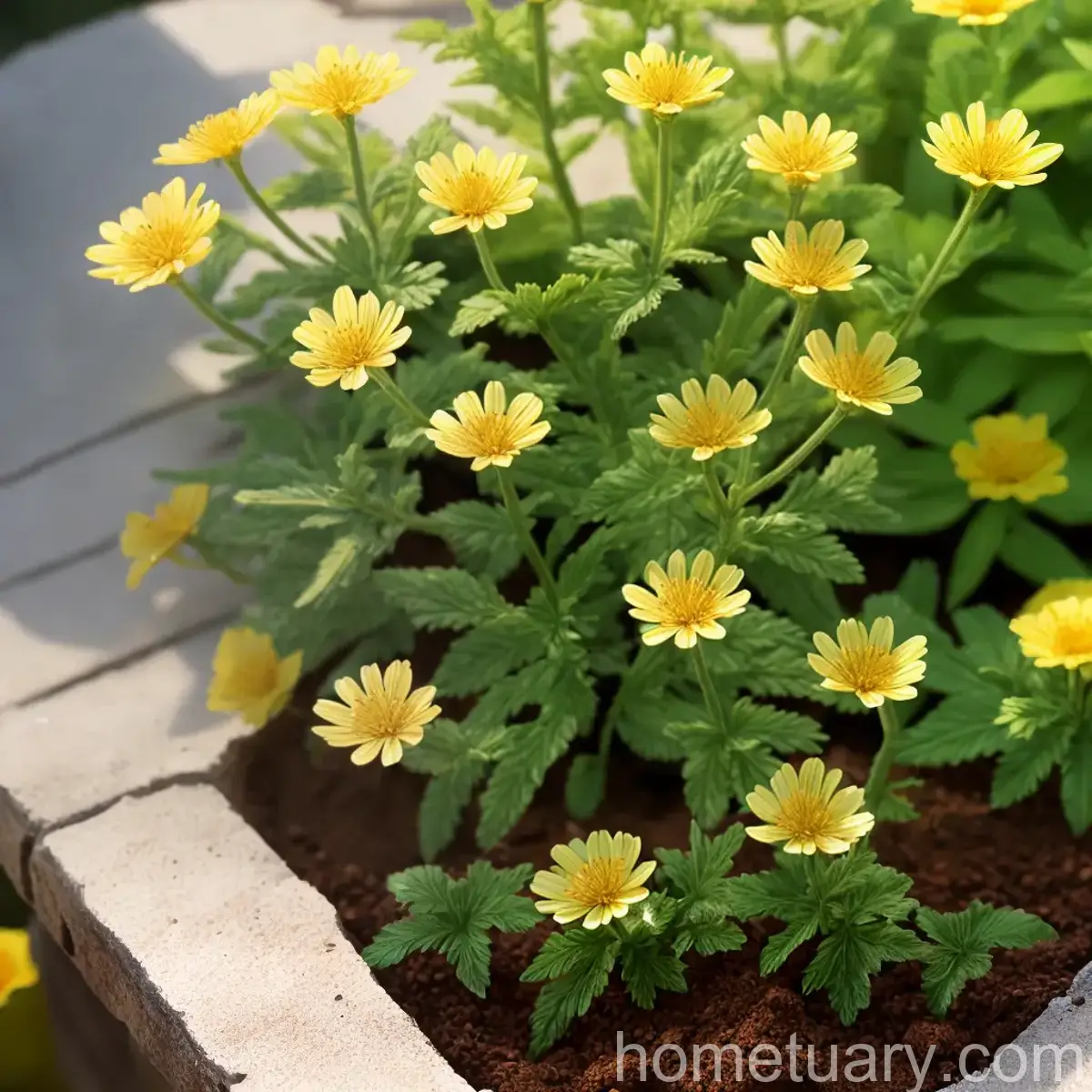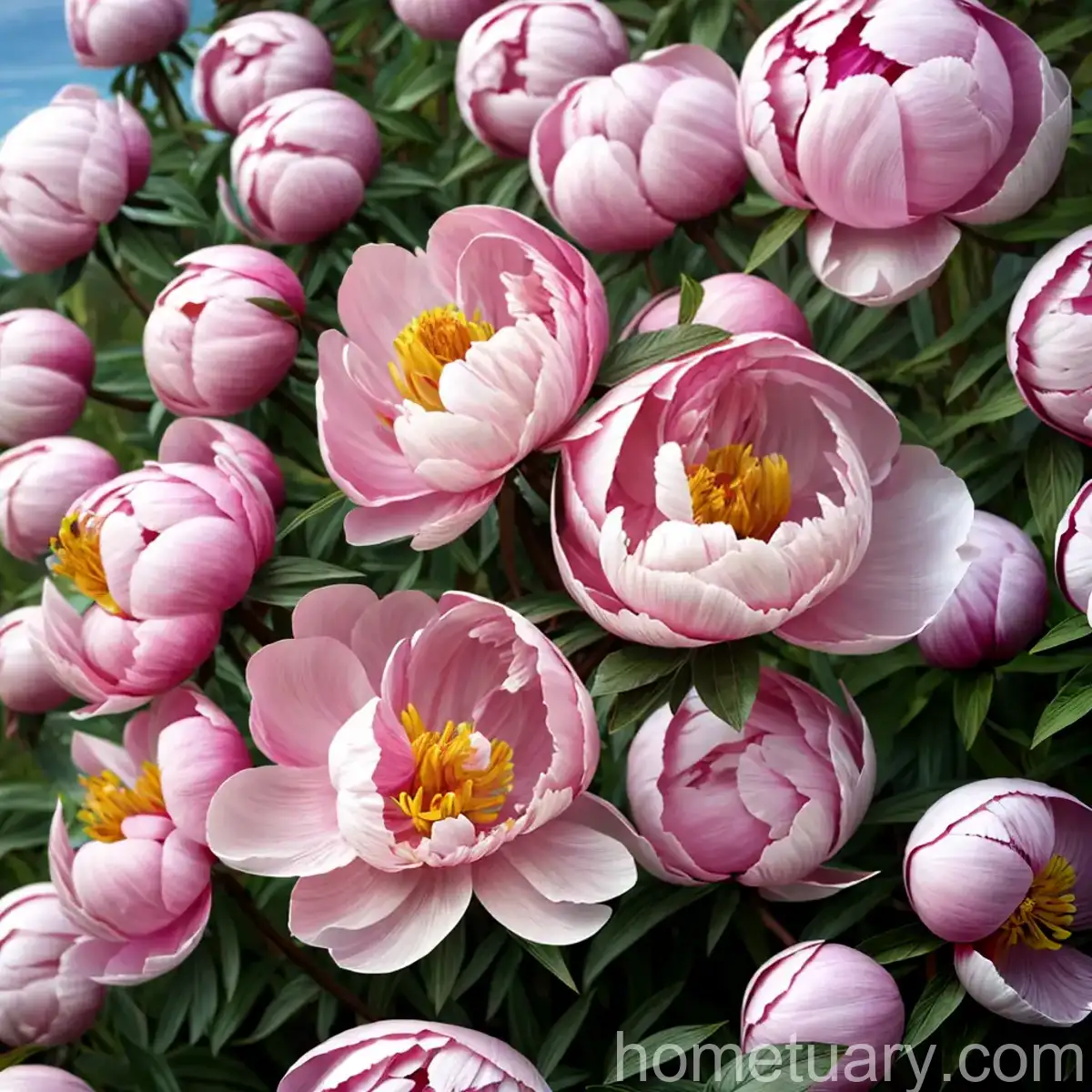Garden Phlox (Phlox paniculata ‘Mount Fuji’): A Complete Guide
Garden phlox, scientifically known as Phlox paniculata ‘Mount Fuji’, is a stunning perennial plant that brings beauty and charm to any garden or landscape. Its delicate white blossoms and lovely fragrance make it a popular choice for gardeners looking to add a touch of elegance to their outdoor spaces. In this comprehensive guide, we will explore the various aspects of caring for and growing Phlox paniculata ‘Mount Fuji’, including its culture, uses, maintenance, and more.
What is Garden Phlox (Phlox paniculata ‘Mount Fuji’)?
Garden phlox is a member of the Polemoniaceae family and is native to the eastern and central United States. It is known for its dense clusters of fragrant, showy blooms that attract butterflies and hummingbirds, adding a delightful touch of wildlife to the garden. The ‘Mount Fuji’ variety is particularly cherished for its striking white flowers and tall, upright growth habit, reaching heights of around 3 feet.
The plant’s elegant appearance and ease of cultivation have made it a beloved choice for borders, cottage gardens, and mixed perennial beds. Its ability to thrive in a wide range of soil and climatic conditions has also contributed to its popularity among gardeners.
Key Takeaways – Garden Phlox (Phlox paniculata ‘Mount Fuji’)
Culture
- Scientific Name: Phlox paniculata ‘Mount Fuji’
- Common Name: Garden Phlox
- Family: Polemoniaceae
- Type: Perennial
- Height: Up to 3 feet
- Bloom Time: Summer to early fall
- USDA Hardiness Zones: 4-8
- Characteristics: Fragrant white flowers in dense clusters, attractive to butterflies and hummingbirds
Uses
- Landscaping: Borders, cottage gardens, mixed perennial beds
- Wildlife: Attracts butterflies and hummingbirds
- Cut Flowers: Suitable for floral arrangements
Now, let’s delve into the specifics of growing and caring for Phlox paniculata ‘Mount Fuji’.
Water
Proper watering is essential for the health and vitality of Phlox paniculata ‘Mount Fuji’. Here are some key points to consider regarding its water requirements:
- Moisture: Garden phlox thrives in moist, well-draining soil. Regular watering during dry spells is crucial to support healthy growth and prolific flowering.
- Avoid Overhead Watering: To prevent the development of foliar diseases, it’s best to water the plant at the base, avoiding wetting the foliage.
Sunlight
Phlox paniculata ‘Mount Fuji’ flourishes in abundant sunlight, but it can also tolerate partial shade. When selecting a site for planting, aim for an area that receives at least 6-8 hours of sunlight per day for optimal growth and blooming.
Fertilizer
Appropriate fertilization can significantly enhance the performance of Phlox paniculata ‘Mount Fuji’. Here are some fertilization guidelines to follow:
- Timing: Apply a balanced, all-purpose fertilizer in early spring before new growth emerges. A second round of fertilization can be administered in midsummer to support continued blooming.
- Moderation: Avoid over-fertilizing, as excessive nutrients can lead to lush foliage at the expense of flowers.
Soil
The soil composition plays a crucial role in the overall well-being of Phlox paniculata ‘Mount Fuji’. Here are some soil-related considerations:
- pH Level: Garden phlox prefers slightly acidic to neutral soil with a pH range of 6.0-7.0.
- Texture: Well-draining, loamy soil is ideal for promoting healthy root development and preventing waterlogged conditions.
- Soil Amendments: Incorporating organic matter such as compost or well-rotted manure can improve soil fertility and structure.
Pruning
Effective pruning can encourage bushier growth and prolonged flowering in Phlox paniculata ‘Mount Fuji’. Consider the following pruning techniques:
- Deadheading: Regular removal of spent blooms can promote continuous flowering and prevent self-seeding.
- Cutting Back: In late spring or early summer, a light trim can help control the plant’s height and maintain a more compact form.
Propagation
The propagation of Phlox paniculata ‘Mount Fuji’ can be accomplished through several methods, including division, stem cuttings, and seed sowing. Here’s a brief overview of each propagation technique:
- Division: Divide mature plants in early spring or early fall to create new individuals. Ensure that each division has healthy roots and shoots before replanting.
- Stem Cuttings: Take 4-6 inch cuttings from healthy shoots in summer, and propagate them in a moist, well-draining medium until roots develop.
- Seed Sowing: Harvest seeds from mature flower heads in late summer, and sow them in a prepared seedbed for germination.
Container Popularity
Phlox paniculata ‘Mount Fuji’ is well-suited for container gardening, allowing gardeners with limited space to enjoy its beauty and fragrance on patios, balconies, or other outdoor settings.
Now that we have covered the fundamental aspects of growing and caring for Phlox paniculata ‘Mount Fuji, let’s discuss disease resistance, common pests, and practical gardening tips to ensure its well-being.
Disease Resistance
Garden phlox, including the ‘Mount Fuji’ variety, exhibits good resistance to most common foliar diseases. However, proper cultural practices, such as adequate spacing and airflow, can further minimize the risk of disease occurrence. When selecting Phlox paniculata cultivars, it’s beneficial to choose those known for their disease resistance, such as ‘Mount Fuji’.
Common Pests
While garden phlox is generally resilient to many pests, it may occasionally encounter infestations from common garden insects. Keep an eye out for the following potential pests:
- Spider Mites: These tiny arachnids can cause stippling and webbing on the foliage of Phlox paniculata ‘Mount Fuji’.
- Aphids: These small, soft-bodied insects may cluster on new growth, causing distortion and stunted growth.
Botanist’s Tips
To ensure the thriving of Phlox paniculata ‘Mount Fuji’, consider the following expert tips:
- Air Circulation: Provide adequate space between plants to promote airflow and reduce the risk of foliar diseases.
- Mulching: Apply a layer of organic mulch around the base of the plant to conserve soil moisture and deter weed growth.
Fun Facts
- The specific epithet “paniculata” in Phlox paniculata refers to the plant’s characteristic panicle-shaped flower clusters, which contribute to its ornamental appeal.
Now that we have explored the essentials of caring for Phlox paniculata ‘Mount Fuji’, let’s look at some additional resources to further enhance our knowledge and appreciation of this charming garden plant.
Links to External Resources
- The American Phlox Society: A comprehensive resource for phlox enthusiasts, offering information on cultivation, varieties, and events.
- Royal Horticultural Society – Phlox: The RHS provides detailed profiles on various phlox species and cultivars, along with practical gardening advice.
- University of Maryland Extension – Growing Phlox: An informative guide covering the cultivation and maintenance of garden phlox, including pest and disease management.
In conclusion, Phlox paniculata ‘Mount Fuji’ stands as a splendid choice for gardeners seeking a delightful, low-maintenance perennial with enduring appeal. Its refined beauty, adaptability, and wildlife-attracting qualities make it a valuable addition to any outdoor setting, from formal gardens to naturalistic landscapes. By understanding its cultural requirements, preventive care measures, and propagation techniques, gardeners can cultivate and appreciate the enchanting allure of ‘Mount Fuji’ garden phlox for years to come.















